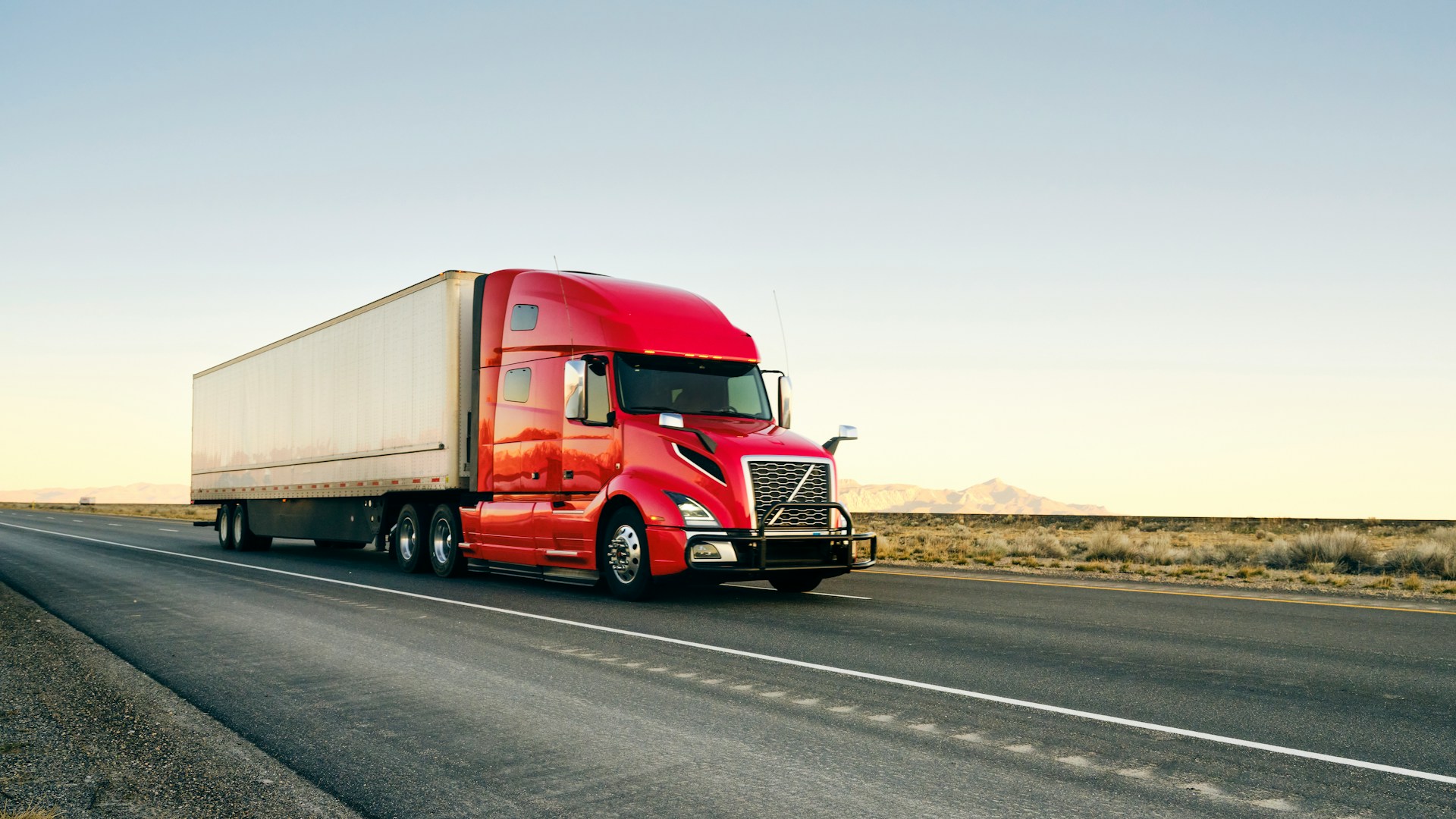
Essential Skills Learned at Truck Driving School
September 23, 2024
Discover the Big Benefits of Truck Driving School Training
October 6, 2024Understanding the Different Classes of Truck Licenses in Canada

Understanding the different classes of truck licences in Canada is essential for anyone planning a career in truck driving. Each class of licence qualifies you to operate specific types of vehicles and comes with its requirements and privileges. Whether you are looking to drive a heavy tractor-trailer or a smaller commercial truck, knowing the class distinctions can help you choose the right path.
Getting the appropriate truck licence involves meeting various criteria, including age, medical fitness, and completing written and practical tests. The process might seem daunting initially, but it is designed to ensure that all drivers have the competence to operate large vehicles safely on the roads. By grasping the details of each licence class, you can make informed decisions and start your journey as a professional truck driver with confidence.
Overview of Truck Licence Classes in Canada
In Canada, truck licences are divided into several classes to ensure drivers are qualified to handle the specific types of vehicles they operate. Understanding these classes is essential for anyone considering a career in truck driving. Each class has its requirements, privileges, and limitations.
The main truck licence classes in Canada include Class A, Class B, Class C, Class D, and Class F. Class A is required to operate the most prominent commercial vehicles, including tractor-trailers. Class B licenses are for school buses and other large passenger vehicles. Class C licenses cover vehicles like ambulances and smaller passenger vehicles. Class D licenses are for those who drive medium-sized trucks, and Class F licenses cover smaller buses and ambulances.
Each class ensures that drivers have the skills and knowledge necessary to operate their specific types of vehicles safely. This classification system helps maintain road safety by ensuring drivers are adequately trained and tested for their particular vehicle class.
Class A Licence: Requirements and Privileges
A Class A licence is the highest level of commercial vehicle licensing in Canada and allows you to drive the heaviest and largest vehicles, such as tractor-trailers. To obtain a Class A licence, you must meet several requirements. First, you need to be at least 18 years old. You must also hold a valid Class G, Ontario’s standard driver’s licence.
In addition, you will need to pass a medical examination to ensure you are fit to drive. This includes testing your vision, hearing, and overall health. Once these requirements are met, you must pass a written knowledge test covering operating large vehicles and safety regulations. After passing the written test, the next step is the road test, which evaluates your driving skills.
Having a Class A licence comes with several privileges. You can operate vehicles with a gross combination weight rating (GCWR) exceeding 4,600 kg. This includes truck-trailer combinations and any vehicle covered under Class D. However; you cannot drive a bus carrying passengers unless you obtain additional qualifications. Overall, a Class A licence opens up many opportunities in the trucking industry for long-haul and heavy-duty driving jobs.
Class D Licence: Requirements and Privileges
A Class D licence allows you to operate medium-sized trucks with a gross weight exceeding 11,000 kg but with a trailer not exceeding 4,600 kilograms. This licence is ideal for those who intend to drive trucks primarily for delivery and distribution.
To get a Class D licence, you must be at least 18 and possess a valid Class G licence. The process begins with a medical examination to ensure you can drive. This checkup assesses your overall health, vision, and hearing. After you clear the medical test, you must pass a written knowledge test covering truck operation and road safety. The final step is passing a practical road test, which evaluates your ability to handle a medium-sized truck safely and efficiently.
You can drive vehicles to transport goods within cities and towns with a Class D licence. This licence also allows you to operate certain types of construction equipment. However, you cannot drive larger tractor-trailers or buses carrying passengers. Holding a Class D licence can be a stepping stone to obtaining a Class A licence if you choose to advance your career in truck driving.
Other Truck Licence Classes and Their Uses
In addition to Class A and Class D license, Canada offers several other truck licence classes that cater to different types of commercial driving needs. Each licence class is designed for specific vehicle types and purposes, ensuring drivers are adequately trained.
Class B licenses allow you to drive large buses and vehicles designed to carry more than 24 passengers. This is ideal for those who want to become bus drivers or operate extensive shuttle services. To obtain a Class B licence, you must meet similar requirements as the Class A and D licences, including passing a medical exam, a knowledge test, and a practical road test.
Class C licenses are for operating ambulances and smaller passenger vehicles with more than ten but fewer than 24 passengers. This is suitable for those who plan to work as emergency vehicle drivers.
Class F licenses cover smaller buses with up to 24 passengers and ambulances. This licence benefits those intending to drive smaller shuttle buses or work in emergency medical services.
Understanding these different classes can help you choose the right path for your career goals and ensure you are equipped with the necessary skills and knowledge for your specific vehicle type.
Conclusion
Understanding the different classes of truck licences in Canada is crucial for anyone looking to enter the commercial driving industry. Each licence class has specific requirements and privileges to ensure drivers are well-prepared to operate their designated vehicles safely. Whether driving a large tractor-trailer with a Class A licence or operating a medium-sized delivery truck with a Class D licence, knowing these distinctions helps you make informed decisions.
Getting the proper licence takes effort and commitment, from passing medical exams to acquiring knowledge and road tests. However, with the appropriate preparation and training, you can navigate the process smoothly and start your career confidently.
If you’re ready to take the next step in your truck driving career, consider enrolling in a training program at Sprint Driving School. Our truck driving school in Toronto provides expert instructors and comprehensive courses that will help you meet all the requirements and prepare you for a successful career on the road. Contact Sprint Driving School today to get started on your journey to becoming a professional truck driver.

